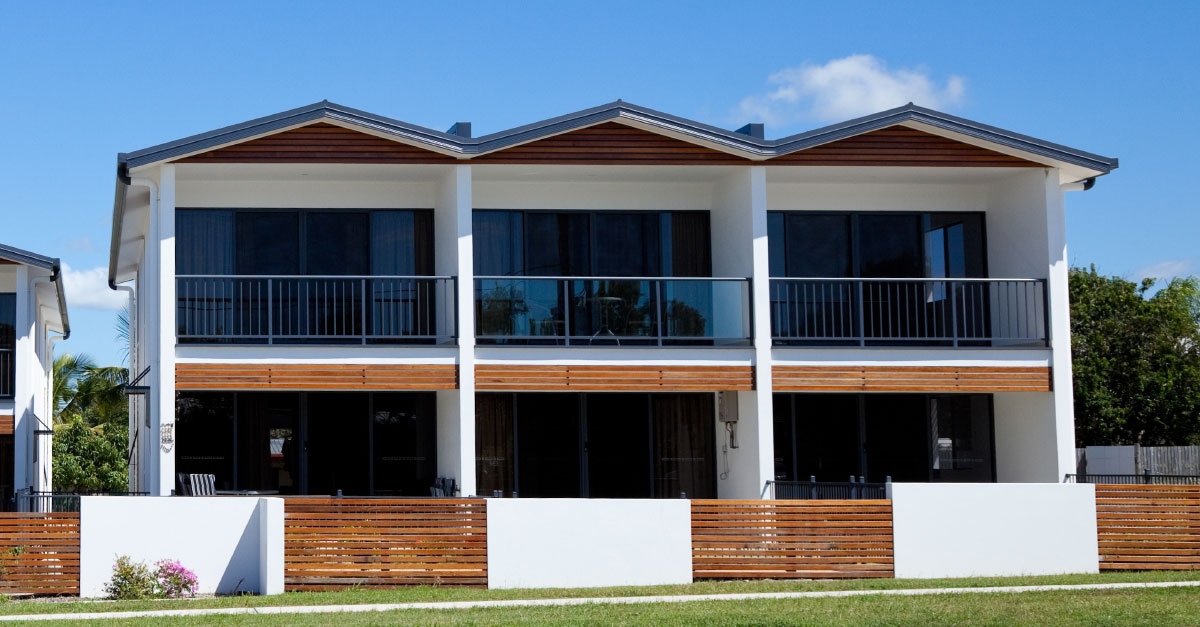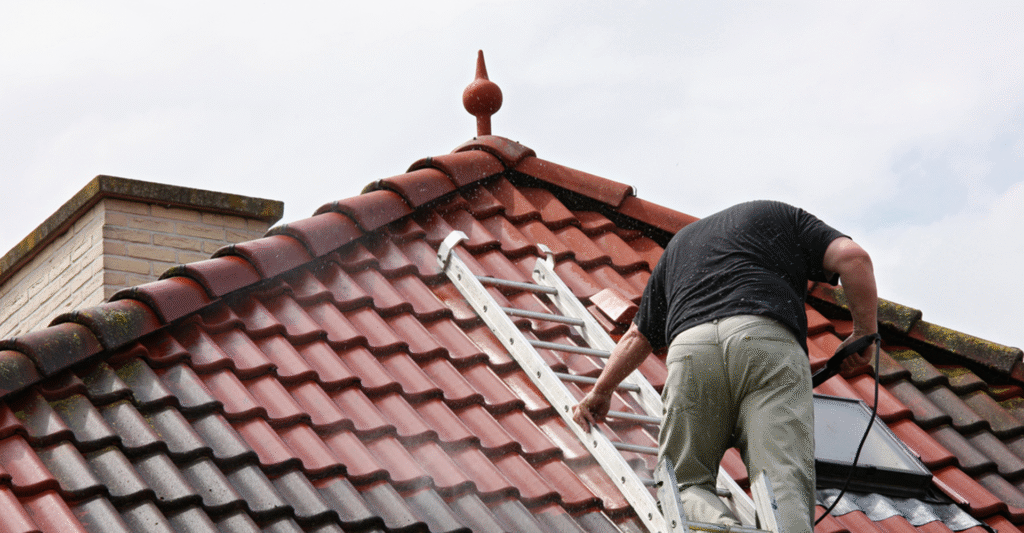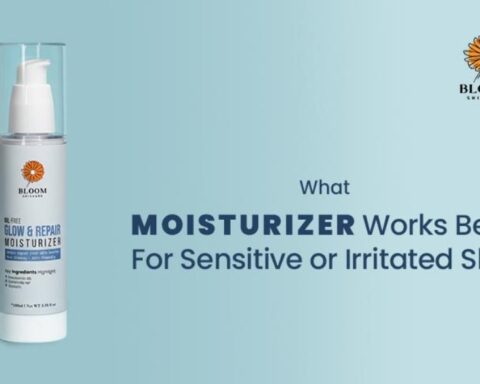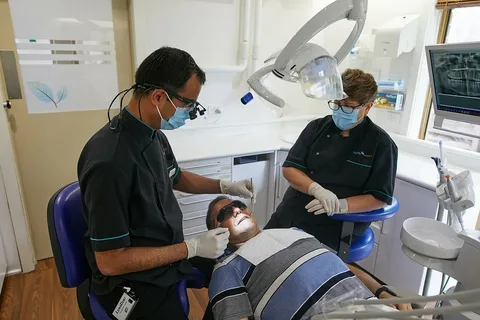Condensation is not just a minor inconvenience it’s a serious challenge for modern buildings. When warm, moisture-laden air meets cooler surfaces, water vapour condenses, leading to mould growth, timber decay, corrosion of structural elements, insulation breakdown, and compromised indoor air quality. In today’s energy-efficient, tightly sealed homes, managing internal moisture from everyday activities such as cooking, bathing, and laundry has become more critical than ever.
Recognising these risks, the Australian National Construction Code (NCC) has placed greater emphasis on condensation management. The 2022 edition introduced Part 10.8 Condensation Management for residential (Class 1) buildings, setting out requirements for ventilation, vapour permeability, and exhaust systems.
Key NCC 2022 Provisions
To minimise condensation, the NCC outlines several requirements:
- Exhaust systems in kitchens, bathrooms, and laundries must vent directly outdoors (not into roof spaces) and, in some cases, be fitted with timers to ensure adequate air change.
- Roof spaces in specified climate zones must incorporate distributed ventilation openings, in line with Table 10.8.3, to prevent moisture buildup.
- Wall sarking and vapour control membranes must meet prescribed vapour permeance levels, ensuring moisture can escape instead of being trapped within the building envelope.
Together, these changes aim to deliver healthier, longer-lasting homes by reducing the risk of condensation-related damage.
Alpine Ventilation: Innovative Solutions for NCC Compliance
Alpine Ventilation is at the forefront of providing ventilation products and solutions tailored to meet Australia’s evolving building standards. With a comprehensive range designed to address both practical and compliance challenges, Alpine is helping builders, architects, and homeowners stay ahead of NCC requirements.
Roof Vents & Low-Profile Vents
Alpine’s selection of roof vents including low-profile and mushroom cowl designs—ensures consistent roof space ventilation as required by clause 10.8.3. Because these vents use static designs with no moving parts, they minimise noise, require little maintenance, and deliver durability that aligns with the NCC’s performance standards.
Eave & Fascia Vents
Proper airflow requires balance. Alpine’s range of eave and fascia vents (available in steel, aluminium, and plastic) supports cross-ventilation by bringing in fresh air at lower levels. These products are essential to meeting the requirement for both high- and low-level openings in roof cavities.
Exhaust Fans & Ducting Systems
To comply with NCC clause 10.8.2, Alpine provides header box fans (with or without timers) and ducting systems that expel moist indoor air directly outdoors. This prevents moisture from being released into roof spaces, which the NCC prohibits unless the cavity is fully ventilated. Alpine’s ducting products, compliant with AS 4254 and AS 1530, ensure safe and effective installation.
Design Support & Compliance Resources
Beyond products, Alpine offers guidance through its Condensation Management Handbook. This resource provides detailed advice on achieving compliance with Part 10.8, including exhaust flow rates, vent placement, and make-up air strategies. By bridging product knowledge with regulatory insight, Alpine helps builders reduce compliance risks and achieve quality outcomes the first time.
Practical Benefits of Alpine’s System Approach
By combining Alpine’s vents, exhaust fans, ducting, and technical guidance, builders can implement complete condensation management systems that:
- Fully comply with NCC 2022 requirements for exhaust and roof space ventilation
- Maintain healthy air circulation without unnecessary energy costs
- Protect buildings from long-term structural and health risks such as mould and rot
- Provide design flexibility, with options that blend seamlessly into modern architecture
For instance, in a Class 1 home in Climate Zone 6, a designer could specify Alpine’s low-profile roof vents paired with eave vents for balanced air movement. At the same time, exhaust from bathrooms and kitchens would be ducted directly outdoors. The result is a compliant, efficient, and aesthetically pleasing solution.
Looking Ahead: NCC 2025 and Beyond
Future iterations of the NCC, including the upcoming 2025 edition, are expected to further strengthen requirements for moisture control, thermal bridging, and cavity ventilation. Builders who adopt robust systems today will be better prepared for tomorrow’s stricter standards.
Alpine Ventilation, with its tested, code-aligned product range and practical compliance resources, is well positioned to support this shift. Early adopters of Alpine’s systems can build with confidence, knowing their projects are designed for durability, health, and future compliance.
Conclusion
Effective condensation management is essential for protecting the integrity and performance of modern homes. With the NCC 2022 introducing stricter requirements, builders and designers must ensure their projects incorporate appropriate ventilation and moisture management strategies.
Alpine Ventilation provides the tools, products, and expertise to meet these challenges head-on. By combining innovation with compliance support, Alpine helps create healthier, longer-lasting buildings—setting a benchmark for best practice in condensation management.
Read More Gorod








